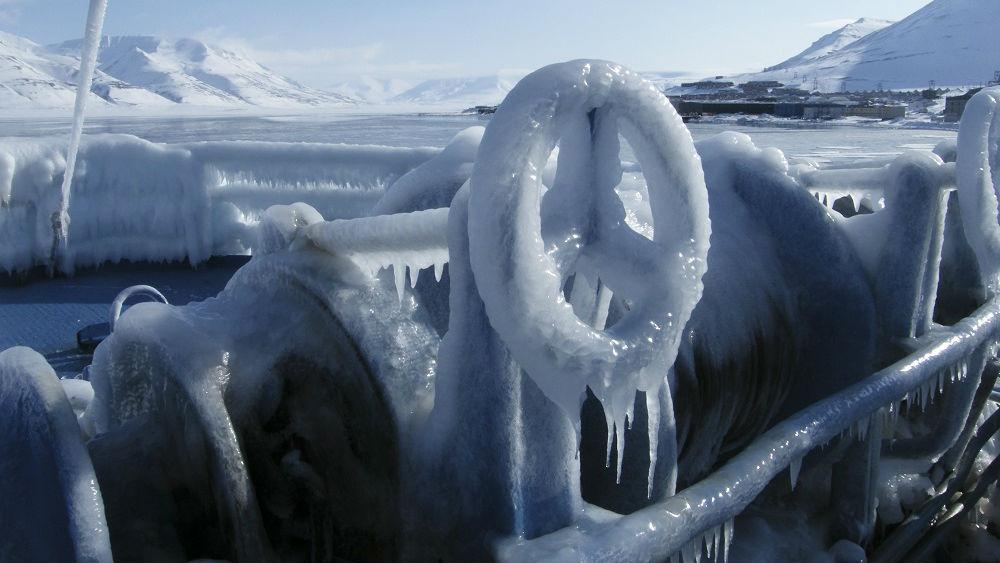A Hard Season Ahead for Shipping

By Paul Slater
As the shipping industry enters the winter season can it expect any improvement in its economics or will it remain in the present moribund state?
The Chinese manufacturing boom in the last decade caused an unprecedented demand for shipping services to import raw materials and export finished goods as well as meet the increasing domestic demand for goods and services of all types.
These factors initially led to extraordinary profits for shipowners and attracted new investors mainly through the capital markets of the U.S.
Simultaneously the Asian shipbuilding industry in Korea, Japan and China expanded its capacity enormously to the point that they could statistically build a new world fleet every ten years.
The Chinese boom lasted only four years during which a huge number of ships were delivered and even more for another four years. Thus by 2012 the excess fleet capacity averaged 30 percent and more in some sectors. Most of these new ships traded in the spot markets and not on period contracts with cargo owners.
The resulting effect was for freight rates to return to the pre-boom levels while the new equity investors looked at charts that highlighted the boom years and suggested a return to them was inevitable in such a cyclical industry. And the shipyards kept on building.
New investors including large managed funds continued to pour money into ships despite the fact that they had little or no experience or understanding of the workings of the shipping industry. This was supported by mainly European banks that supplemented the new equity with billions of dollars of loans that were made on an intrinsically unsecure basis.
By 2012, the freight markets were back to the pre-boom levels while hundreds of ships were still being delivered without any secure charters. Investors were still being encouraged to believe that the markets would recover to the boom levels and huge profits would be made from selling the new ships or their building contracts.
Thus today we have surplus capacity in most sectors and a large orderbook of ships still to be delivered. Most of the publicly quoted companies are reporting dismal results and their balance sheets continue to get worse as their income is not sufficient to meet the interest on their debt and the ships continue to depreciate in value.
The true position of many companies is obscured by using EBITDA to report their results. This accounting system excludes the two primary expenses of Interest and Taxes and fails to recognize that ships are depreciating assets with an average life-span of 20 years. It also fails to provide for the cash reserves that are needed for compulsory dry-docking and maintenance that become increasingly costly as the ships age.
There is little or no new bank debt available except for the Export Finance banks of countries continuing to build new ships. Many of the managed funds are looking to exit but face significant losses if they do. The major cargo interests in both the wet and dry markets are looking to secure ships on long term charters, but with owners that are well managed and financially strong.
The winter will be cold and harsh for many, particularly if interest rates continue to rise.
Paul Slater is Chairman of First International Corp. in New York.
The opinions expressed herein are the author's and not necessarily those of The Maritime Executive.
